Saying it is a move to circumvent the Clean Air Act, climate and health groups on Monday chided the Department of Energy (DOE) for coming up with a draft circular categorizing waste-to-energy (WTE) as a form of renewable energy (RE).
“Renewable energy is defined as energy created from natural processes that do not get depleted. DOE’s claim that WTE technologies are a form of renewable energy is fallacious. Waste, the feedstock for WTEs, cannot be properly classified in the same category as wind, wave, or solar energy. Waste consists of discarded materials (e.g., paper, plastic, and glass) that are produced from the extraction and processing of finite natural resources such as minerals and fossil fuels. Moreover, burning these materials will do more harm to our environment and climate,” Atty. Lievj Alimangohan of EcoWaste Coalition said in a news statement.
The draft circular, which is now undergoing public consultation, according to the group, wants to package garbage incineration as “renewable” and provide special incentives for this type of technology such as priority dispatch, double equivalent in of RE certificates per megawatt hour of production and exemption from competitive selection process for incinerator projects involving local government units (LGU).
“By classifying WTEs as “renewable energy”, the DOE Circular unduly expands the scope of the RE Act. Worse, the policy promotes and legitimizes anti-competitive conduct in the power sector by giving special preferences for incineration over genuine RE systems. Also, by providing specific exemptions from the Competitive Selection Process, the policy also exposes consumers to disadvantageous power supply agreements,” Alimangohan said.
WTE technologies or the traditional heat recovery incinerators that include pyrolytic incinerators, plasma pyrolysis, gasification all produce poisonous and toxic substances, the group said.
“These facilities simply transform the garbage problem into a more persistent environmental and health problem. They merely transform the waste into other forms of wastes, such as carbon monoxide, dioxins and furans, polynuclear aromatic hydrocarbons, nitrogen oxides, carbon dioxide, methane, volatile organic compounds, aldehydes, particulate matter and heavy metals such as mercury, lead and cadmium,” Sonia Mendoza of Mother Earth Foundation and a former Commissioner at the National Solid Waste Management Commission, said for her part.
“Dealing with the solid waste problem sustainably involves reducing the volume of waste at source and promoting a less extractive and more circular economy. Incinerator technologies however, draw attention away from sustainable production and solutions that address the waste problem at its roots. Instead, incinerators legitimize continued extraction and high-carbon economic development. The promotion of WTE technologies as “renewable” is a clear case of greenwashing,” Archie Abellar of GAIA Asia Pacific stressed.
This article was originally published by Business Mirror.

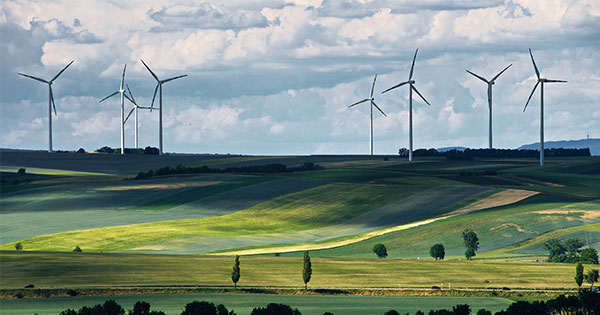
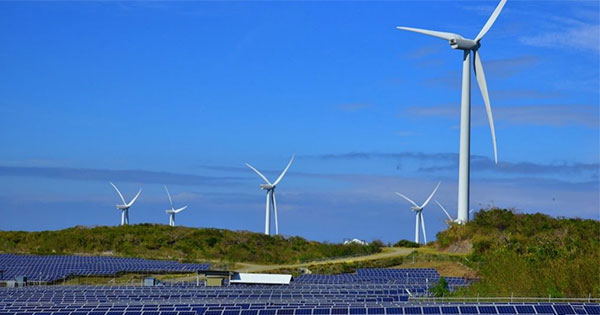


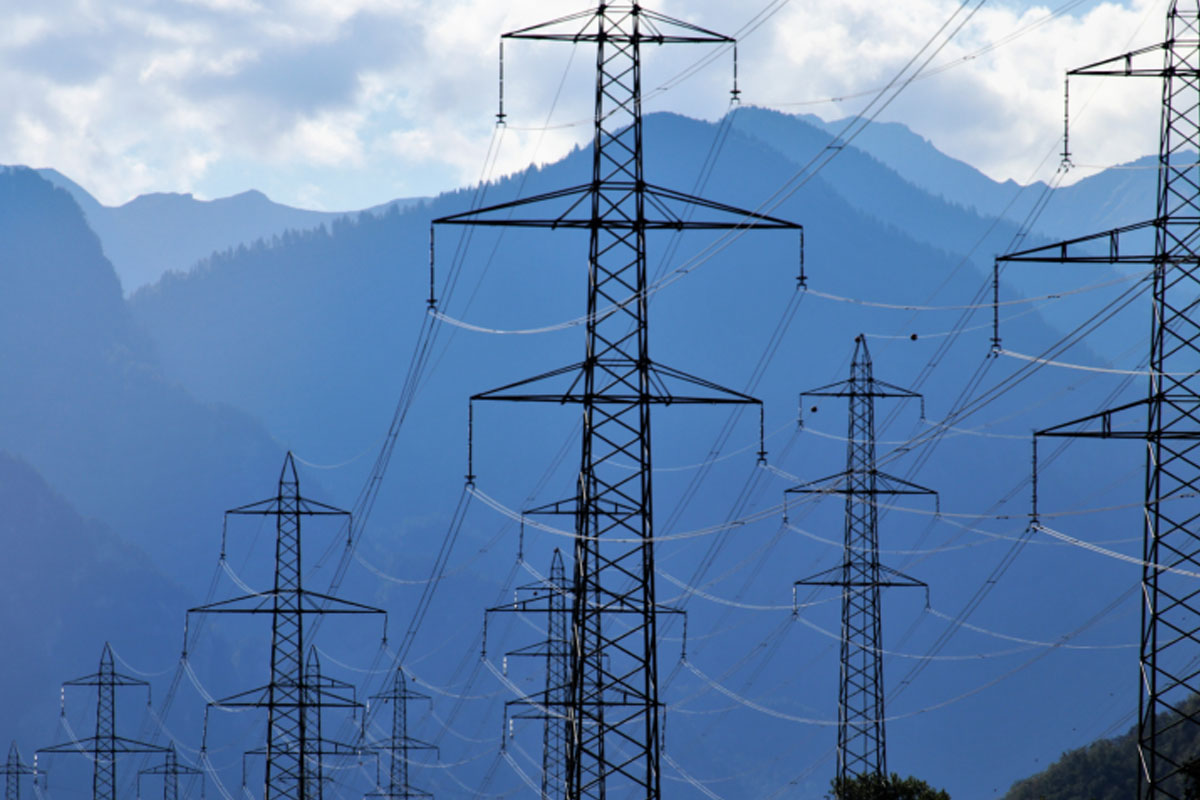



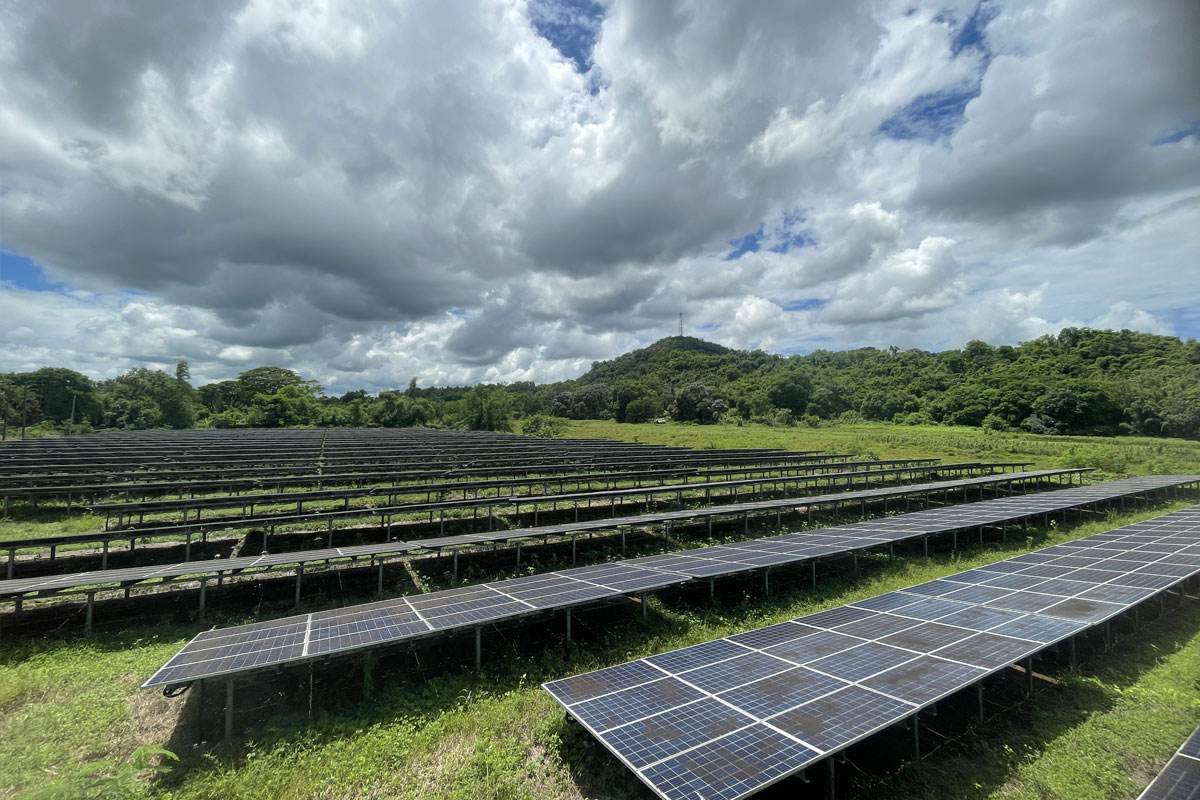


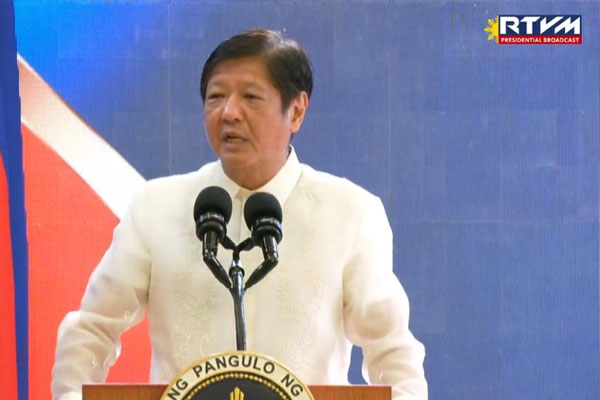

Leave a Comments